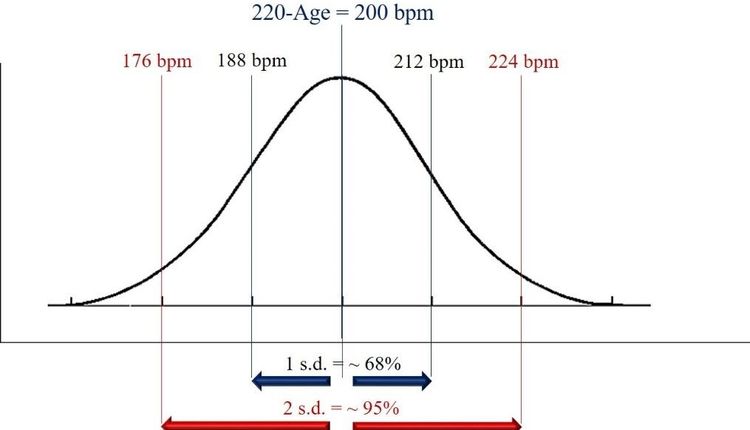The foods you eat can work to keep your bones strong as you age, and some can even help you replace lost bone mass. If you're a woman, you're at particularly high risk for osteoporosis, the brittle bones disease. After menopause, declining estrogen stores cause women to start losing bone at a rate of three percent a year. Eighty percent of those suffering from osteoporosis are women, and many more women over the age of 50 have some degree of serious bone loss, which contributes to 1.5 million fractures annually. Hormone replacement therapy can help, but even if you choose to take estrogen, you can still benefit from the following changes in diet:
Get plenty of calcium! Your body uses this mineral to build bone, and the typical American woman gets less than two-thirds of the daily amount of calcium she needs. All adults under 50 should be getting 1,000 milligrams a day; after 50, that amount goes up to 1,200 mg. The easiest way to add more calcium to your diet is to eat more dairy products. Eight ounces of milk, 1.5 ounces of cheddar cheese, two cups of cottage cheese, or one cup of yogurt provides about 300 milligrams of calcium, or nearly one-third of the daily requirement. Fortified orange juice and cereal are also good sources. If you aren't able to get enough calcium from your diet, consider taking a calcium supplement that has 300 mg per tablet.
Get your vitamin D. Your body needs it to shepherd calcium to your bones and unless you're elderly, homebound or religious about using sunscreen, you probably get plenty from sunlight. Ten to fifteen minutes of sunshine three times a week should enable your body to make all the vitamin D it needs. Just in case, the recommended dietary allowance is that all adults under age 50 get five micrograms a day (those over 50 need 10-15 micrograms). To make this easy for you, the government requires that milk be fortified with the nutrient. Many cereals also contain some vitamin D. If you suspect that you're not getting enough vitamin D from these sources, or if you're over 65, consider taking a multivitamin or a calcium supplement that contains it.
Don't overdo it on the meat. Too much animal protein can interfere with the way your body absorbs calcium. When federal researchers set the daily requirement for this mineral, they assumed that you'd be eating the recommended two servings of animal protein (six ounces total, or two pieces about the size of a deck of cards) each day. For every additional serving you eat, it's a good idea to drink an extra glass of milk in order to make sure you're still getting enough calcium.
Cut back on booze. Drinking more than two alcoholic beverages per day can harm bone cells and disrupt their absorption of calcium and vitamin D.
Eat more soy. Foods rich in soy protein may help prevent bone loss and even aid you in building bone after menopause. Although some tofu provides calcium, researchers think that it may be the phytoestrogens, particularly one called genistein, that really protect your bones. These chemicals appear to work somewhat like estrogen, functioning as a sort of natural hormone-replacement therapy. In one study, postmenopausal women who ate 40 grams of soy protein every day for six months increased bone mass in their spines by two percent, while those who didn't eat any continued to lose bone. One note of caution some studies suggest that genistein may stimulate the growth of estrogen-receptive breast cancers and might interfere with the cancer-fighting drug tamoxifen. So if you have had estrogen-receptive tumors, it would be wise to limit soy, unless your doctor instructs you otherwise. You can get more soy into your diet by snacking on roasted soy nuts, tossing some tofu into a vegetable stir-fry and using soy milk on your cereal or in smoothies.
A former senior editor at WebMD, Laird Harrison is a freelance writer and editor in







